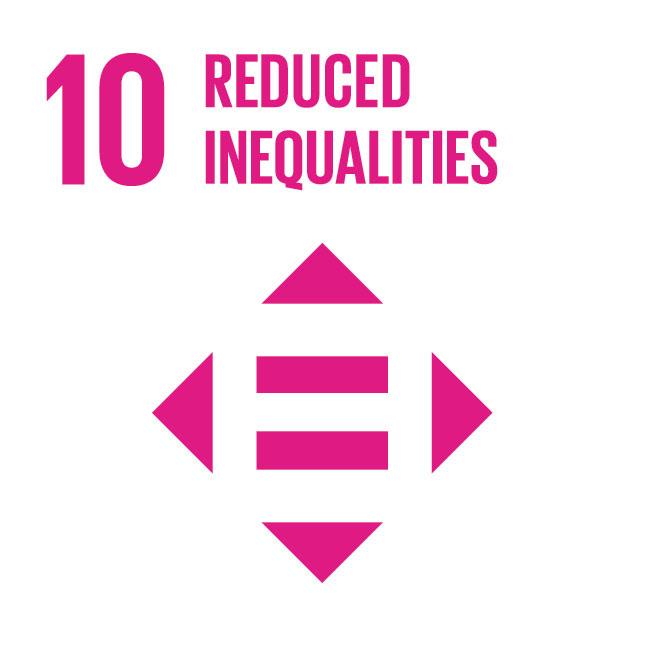Sustainable Development Goal 10: Reduced Inequalities
Sustainable Development Goal (SDG) 10 aims to reduce inequalities within and among countries. In the context of Costa Rica, this goal has significant implications for social justice and economic inclusivity.
Current State of Inequality in Costa Rica
Despite being one of the most developed countries in Central America, Costa Rica continues to face challenges related to income inequality. The wealth gap affects various demographic groups, particularly marginalized communities, which are often left behind as the country progresses.
Government Initiatives and Policies
The Costa Rican government has implemented various policies aimed at addressing inequality. Through programs targeting low-income families and education, the state aims to create a more equitable society while fulfilling its commitment to the Sustainable Development Goals.
Role of Education in Reducing Inequalities
Education plays a crucial role in bridging gaps in income and opportunities. By expanding access to high-quality education for all, particularly in rural areas, Costa Rica aims to empower individuals and foster a more balanced economic future.
Challenges Ahead
Despite progress, substantial challenges remain in the quest for equality. Issues such as systemic discrimination and uneven access to resources must be addressed if Costa Rica is to achieve the targets set under SDG 10.
Conclusion
The journey towards achieving SDG 10 in Costa Rica is ongoing, and collaborative efforts from the government, civil society, and international organizations are essential. By focusing on inclusivity and equity, Costa Rica can set a significant example for other nations aiming to reduce inequalities.

